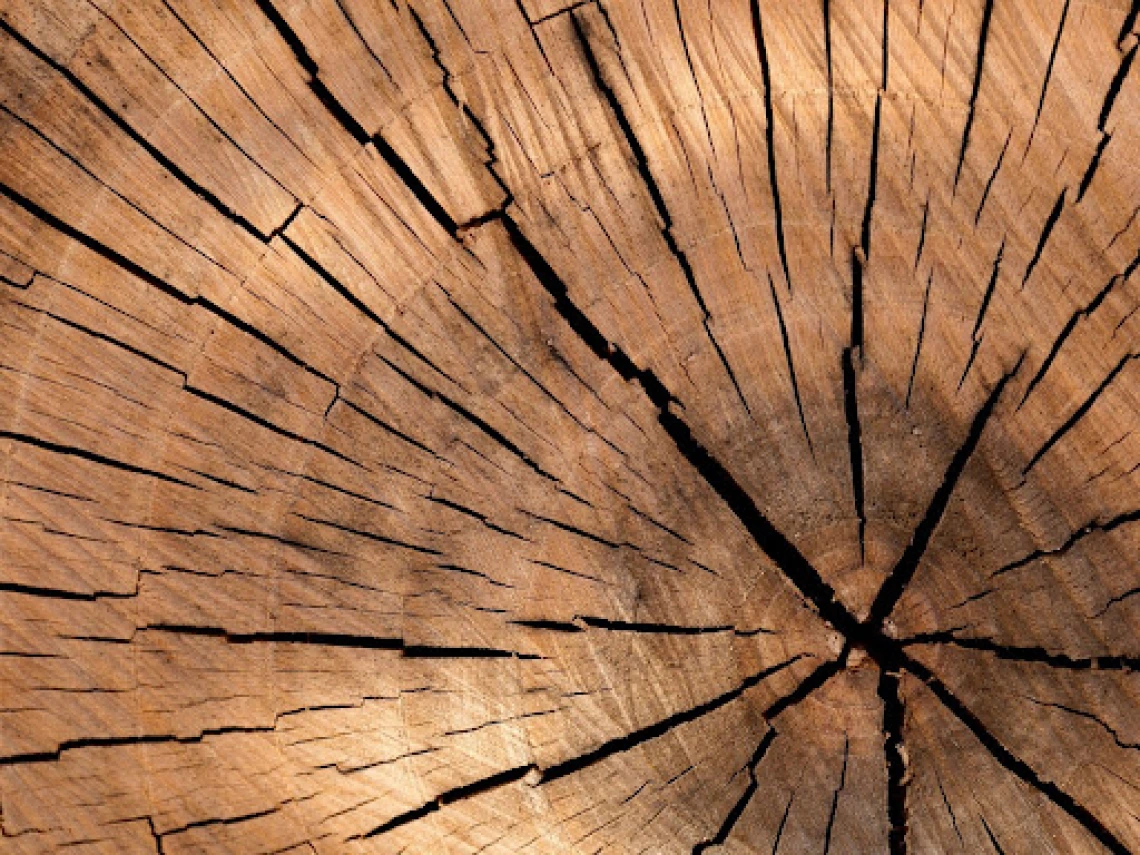Tree-ring Reconstructions Show Climate and Fire are Historically Linked

Source: USGS
In recent decades, it has become clear that climate and fire are inextricably linked. Understanding how these factors have interacted in the past, however, might be key to preparing for the future. To do this, researchers funded in part by the Southwest Climate Adaptation Science Center utilized tree-ring reconstructions to uncover how climate patterns shaped widespread fire events across North America before modern fire suppression began.
The researchers in this study focused specifically on fire synchrony, a climate-driven pattern where expansive wildfires occur at the same time across different regions. Satellite-based fire records at the continental scale have helped researchers better understand these patterns, but without many historic fire records from before 1900, it’s not fully understood how climate patterns and wildfire events were connected in the past, and whether these relationships have remained consistent over time. Using data from 1750 to 1880, the researchers analyzed wildfire activity and summer soil moisture for both large- and small-scale regions across North America. They then tested the stability of these regions over time and measured how strongly synchronous fire activity and climate conditions were linked.
The researchers found that patterns of wildfire events in North American forests were correlated with consistent climate patterns at various geographic scales, and especially in western regions. The subregional level (which segmented smaller areas within the North American continent), showed the strongest and most consistent fire-climate connections. This scale may be especially useful for managers looking to forecast future fires and plan management strategies.
These historical trends suggest that the recent rise in large, climate-driven fire events is not entirely new—and similar patterns are likely to continue. Defining regions based on shared patterns of climate and fire could be the best way to help improve projections of future fire events.
Read the full publication in Global Ecology and Biogeography.

